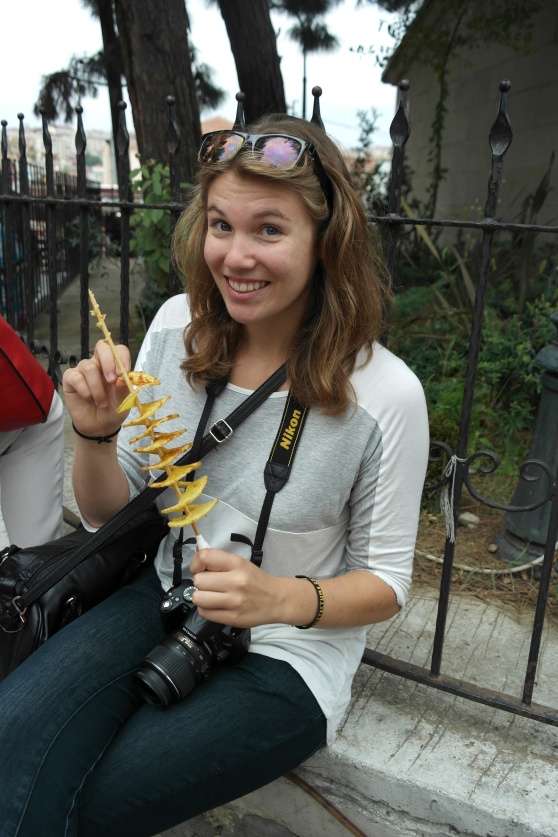Metamorphosis: The action or process of changing in form, shape, or substance; transformation by supernatural means; a complete change in the appearance, circumstances, condition, or character of a person, a state of affairs, etc.; change of form in an animal (or plant) or its parts; the process of transformation from an immature form to a different adult form that many insects and other invertebrates undergo in the course of maturing.
1797: A new form or change of appearance is always implied in metamorphosis or transformation.
1899: The sole difference between the folk notions of metamorphosis and metempsychosis lies in the fact of the former consisting in change of form during life, and in the latter after death.
1903: The various modifications which the primitive form has passed through constitute its metamorphosis.
Definition by Oxford English Dictionary




















